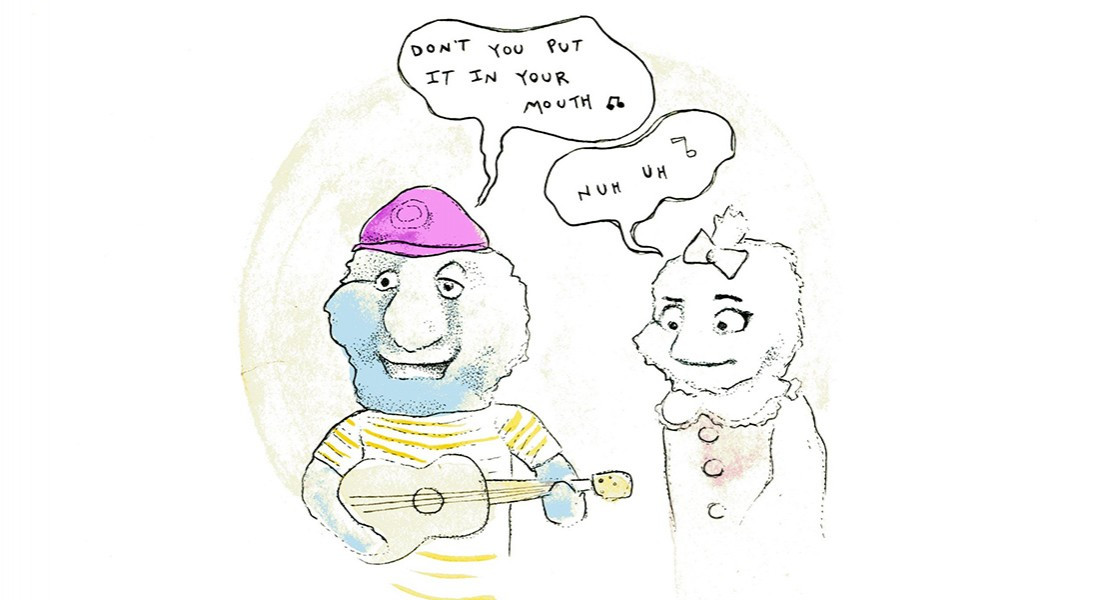How to make a PSA video stick
What worked in the ’80s doesn’t fly anymore
What do Astar, Don’t You Put It In Your Mouth and Louie the Lightning Bug have in common? They’re all ’80s or ’90s public service announcements (PSAs) still surviving online as YouTube videos.
“Watching cartoons, you ended up having an association between the Teenage Mutant Ninja Turtles and all the cartoons that were happening with the commercials,” Devin McManus says. A child in the ’80s, he remembers a lot of these PSAs from the repetition of watching them every Saturday morning.
Diabetes Canada recently released a video they’re hoping will have the same effect.
“The scale of the problem we face requires us to approach it with new thinking, energy and power in our messages,” Andrea Kwasnicki, Diabetes Canada’s regional director for Manitoba and Nunavut, says.
“We wanted to highlight the real words of people with diabetes in a unique and compelling way, while speaking with a stronger, clearer voice to raise the profile of diabetes in Canada.”
Brave Faces sets phrases written by people living with diabetes to music.
Its focus is on the stigma and emotional toll of living with the disease.
“The music video shows that people with diabetes should never give up and that there is hope, and that they are not alone in their fight,” Kwasnicki says. “The video helps our message resonate with different audiences and age groups.”
Rather than the cartoons and rhymes that characterized many ’80s PSAs, Brave Faces uses characters in real-life situations: a mother putting her daughter to bed, a man making dinner and a child walking down a school hallway.
The lyrics stress the unseen aspects of a diabetes diagnosis, rather than blood sugar measurement and insulin shots.
McManus, who’s completing his masters of business administration at the University of Manitoba, agrees a different approach is necessary today, because children are using more digital devices to consume media.
“The speed of information is so much faster processed. You go onto YouTube, and you only have under five seconds to have your video click with somebody,” he says. “So everybody ends up having this data overload, (and) they’re starting to have these built-in filters.”
Emotion-based PSAs are one alternative to the funny musicals. McManus suggests another: ads built in for gamers.
“To have it be Clash of Clans, where if you click and watch this advertisement that’s geolocated to Canada to an age group, that you get extra things in the game,” he says. “And then that way, you actually build the repetition in and tie (to) the feelings towards the games that they’re playing.”
Another option, he says, would be building the PSA into TV shows, similar to the G.I. Joe show he watched as a kid, where the characters delivered messages about bullying and littering.
McManus says the only problem with that method is that there’s no repetition. Because of this, he doesn’t remember what G.I. Joe tried to teach him.
Published in Volume 71, Number 22 of The Uniter (March 2, 2017)







